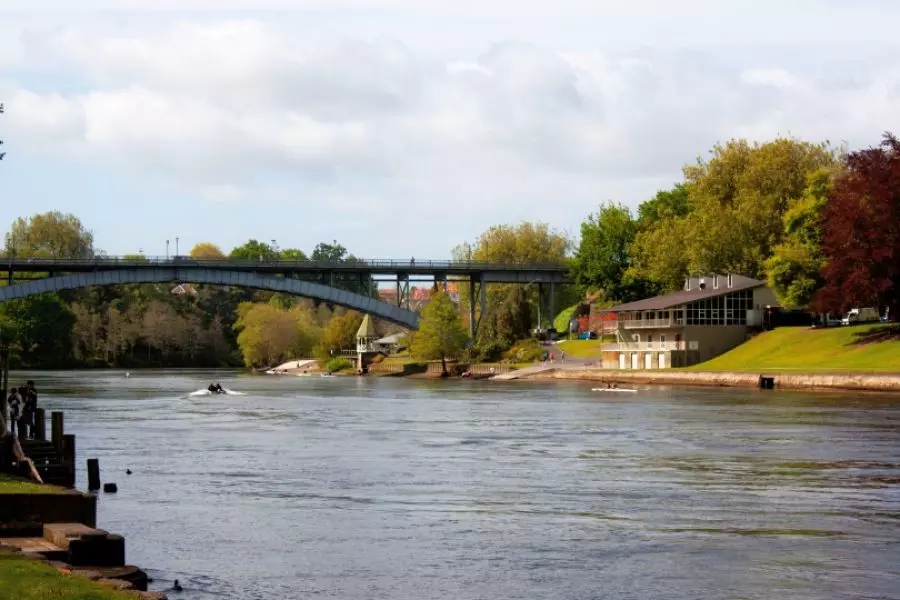News
Hamilton on the move

Monday 1st of May 2017
A rapidly growing population means Hamilton is still a fantastic location to invest in despite a recent softening of the market.
Over the past 18 months Hamilton has seen unprecedented growth in house values – hitting a high of around 25% growth in the year to October last year, when the average house value peaked at $537,000, according to CoreLogic data. This means an average cap...
Want to read the full article?
Click the button below to subscribe and will have unlimited access to full article and all other articles on the site.
8 min read
10 min read






![[The Wrap] Bye Bye Bayly](https://goodreturns.publit.io/file/c_fill,w_900,h_600/39f23ac1-f7c7-4854-b700-a150004ebbac.webp)


